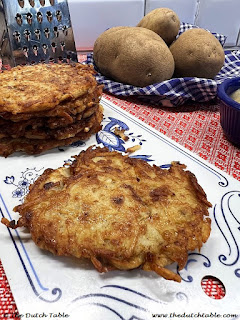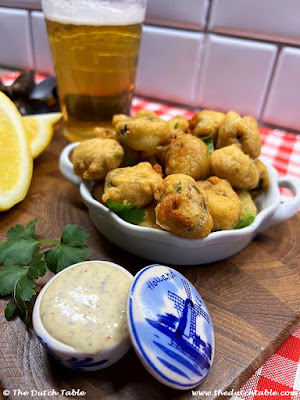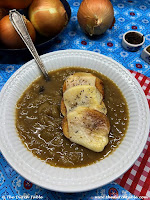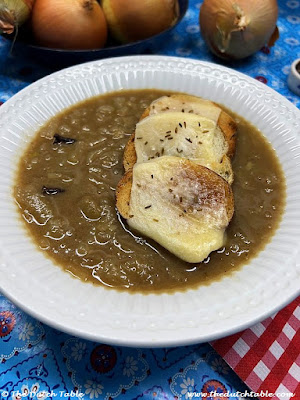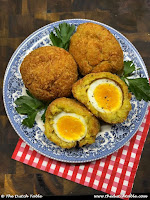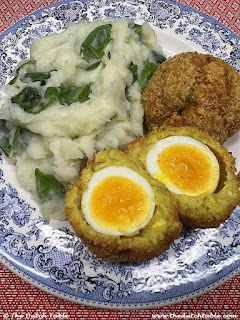An advertisement in the Oprechte Haerlemse Courant from January 3rd, 1711, states that "Eymert van der Schee, who lives in Haarlem in the Korte Veerstraet in the house called "Het Halletje"*, where the Halletjes Biscuits were first baked, and from where they have received their name, announces that these Halletjes Biscuits are nowhere else as good as those obtained from him. They are soo delicate and durable lasting, good for 5, 6, and more years, without the slightest change; whereby they, after all, could be sent to all distant lands. Those who want to purchase these Halletjes Biscuits can do so at the aforementioned house.”
It is fair to say that Eymert was no fool: by placing an advertisement claiming that his cookies were the real deal, all the other bakers in town were immediately labeled as copy-cats. However, it should be said that Van Der Schee was probably not the original inventor of the recipe, as one Claas Jacobs baked from that same house 150 years earlier cookies under the same name.
Nevertheless, the Haarlemmer Halletjes became famous, were indeed shipped all over the world, and are still, to this day, a must-have treat when visiting the beautiful city of Haarlem.
Fortunately, you can also bake these at home! The following recipe is good for about 30 to 40 cookies. They will not last as long as "5, 6 and more years, without the slightest change" per Van Der Schee's statement, mainly because everybody will be able to smell them a mile away and will be wanting to know what you're up to. Just do as I do: hand out 30, and keep 10 behind. Baker's treat ;-)
Haarlemmer Halletjes
1 1/2 cup (185 grams) all-purpose flour
3/4 cup (115 grams) brown sugar
2 teaspoons ground cinnamon
1 teaspoon ground cloves
1 teaspoon baking powder
1/4 cup (60 ml) water
In a bowl, add the flour. Cut the cold butter into small pieces and mix in the flour with the brown sugar, cinnamon and cloves, and the baking powder. By hand, rub the mix together until it resembles wet sand, then add the water and knead into a pliable dough, for about three minutes. The dough should come loose from the bowl and your hands. Pat the dough into a ball, wrap it in plastic, and rest in the fridge for 1 hour.
Remove from the fridge. Let the dough sit out for about ten minutes, then break off a piece and roll it between two sheets of plastic (I usually cut up a large 2 gallon ziploc bag for this), or dust the counter lightly with a bit of flour and roll the dough out, to about 1/8 of an inch (3 mm). Use a cookie cutter about 2 to 3 inches in diameter (6 - 8cm) (or square, it doesn't really matter, pick a shape you like!), and cut out the cookies. Line a baking sheet with parchment paper or a silicone mat, and place the cookies on the sheet. Heat the oven to 375F/190C and bake the cookies, about 12- 14 minutes, on the middle level in the oven.
Cool on a rack, and they will crisp up as they cool. Do plenty of tasting unless you are home alone because they will be gone before you know it!
Sources: Bakkers in Bedrijf, Delpher
*In Haarlem, houses were often named, like The Orange Flowerpot, the Scissors, The Three Sugar Loaves, or Het Halletje, as we saw here, so the people who lived there could say " I am Jan Janszoon from The Orange Flowerpot". I bet that, in a city with hundreds of Jan Janszoons, it would be a welcome way to determine who was who! The houses often showed their name through colorful placards hanging from the facade. It must have been quite a sight!






